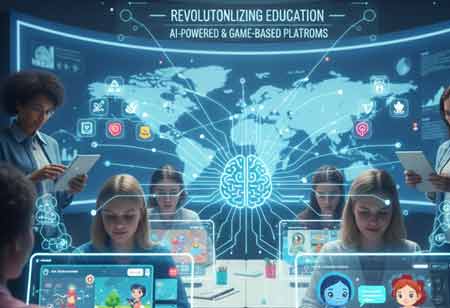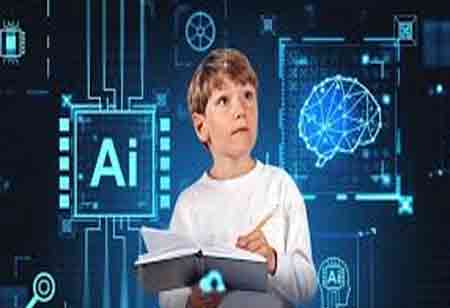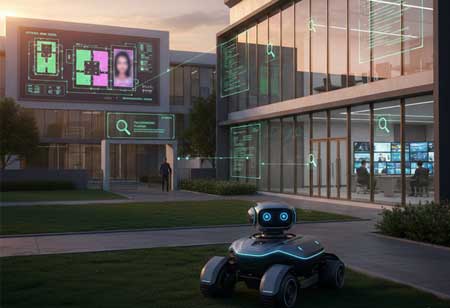THANK YOU FOR SUBSCRIBING
Be first to read the latest tech news, Industry Leader's Insights, and CIO interviews of medium and large enterprises exclusively from Education Technology Insights
How Tech Is Erasing Educational Boundaries
Distance learning is revolutionizing education through technology, offering personalized, flexible learning, social collaboration, competency-based education, and data-driven insights, making education accessible and adaptive globally.

By
Education Technology Insights | Wednesday, December 10, 2025
Stay ahead of the industry with exclusive feature stories on the top companies, expert insights and the latest news delivered straight to your inbox. Subscribe today.
Distance learning is revolutionizing education through technology, offering personalized, flexible learning, social collaboration, competency-based education, and data-driven insights, making education accessible and adaptive globally.
FREMONT, CA: Distance learning has become a transformative force in education, fundamentally reshaping how teaching and learning happen. What was once a distant possibility of accessing top-quality education from home has become an everyday reality, opening new opportunities for learners worldwide and breaking down traditional barriers to education and knowledge sharing.
Students can now interact with teachers in real-time, regardless of their geographic locations, effectively breaking down traditional educational barriers. This evolution, driven by cutting-edge technology, has made learning more flexible, personalized, and accessible than ever before.
From Correspondence Courses to Immersive Technologies
Initially limited by communication technologies, early distance learning relied heavily on static correspondence courses. However, as technology progressed, the Internet and the World Wide Web revolutionized distance education, enabling the creation of online courses and allowing educators to connect with students virtually anywhere.
The integration of multimedia elements, such as videos and animations, has transformed passive learning materials into interactive, engaging content that appeals to diverse learning styles. These innovations laid the foundation for today's digital classrooms.
Moving forward, the integration of AI and advanced analytics will continue to enhance personalized learning, offering adaptive educational paths that respond in real-time to individual student needs. Virtual and augmented reality are set to take education a step further, providing hands-on learning experiences in fields like medicine and military training. Concurrently, big data analytics is being increasingly utilized to monitor student interactions with online platforms, providing valuable insights into learning patterns. This data-driven approach is also influencing curriculum development, helping institutions align their programs with student needs and industry trends, ensuring they meet job market demands.
Competency-Based Education
Unlike traditional models, emphasizing seat time and credit hours, competency-based education (CBE), a growing trend in distance learning, ensures that students master specific skills and competencies before proceeding. This learner-centered model allows students to progress at their own pace, advancing only when they have demonstrated proficiency in a subject. Giving students such control over their educational journey fosters a more individualized and flexible learning experience.
A key feature of CBE is its focus on real-world relevance, with courses incorporating practical tasks and projects that mirror the challenges students will encounter in their careers, ensuring learning is directly applicable to real-life job scenarios. This focus on practical skills over theoretical knowledge makes CBE an increasingly attractive option for learners and employers.
Social Learning and Collaboration
Integrating social learning into online education emphasizes observation, imitation, and interaction to foster collaboration and community among students. Features such as discussion forums provide students with a space to communicate, share insights, and ask questions, enhancing their understanding of the material while fostering a sense of belonging.
Peer assessments, group projects, and virtual workspaces also play a vital role in encouraging collaborative learning, mirroring the dynamics found in traditional classrooms and workplaces. These features help students develop critical thinking and problem-solving skills while cultivating a sense of belonging and teamwork.
As the digital era progresses, distance learning will continue to break down boundaries, providing learners with the tools they need to succeed in their educational journeys, regardless of geographical and time constraints. The ongoing transformation of distance learning is a testament to its power to redefine the future of education, creating a more connected, inclusive, and adaptive system for generations to come.







